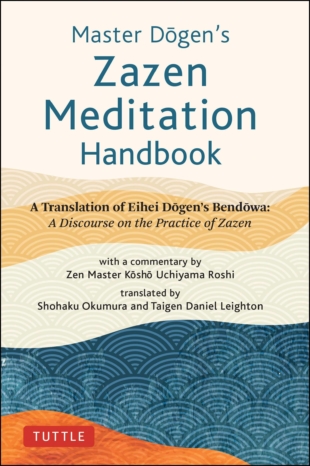Perhaps owing to the calamitous pandemic years, a wealth of books extolling the benefits of Zen meditation has appeared on the market recently. “Master Dogen’s Zazen Meditation Handbook” is one such book, but what makes it unique is that it’s likely the very first of this genre. It was written in 1231 by Eihei Dogen, the founder of Soto, the largest of Japan’s Zen Buddhist sects. Soto emphasizes meditation as a means to gradual enlightenment.
Tuttle’s edition is made more compelling by its detailed commentary on “Bendowa” by Zen master and Soto priest Kosho Uchiyama (1912-98), Okumura’s mentor and one of the great Zen masters of the 20th century. Uchiyama expands on Dogen’s original answers in contemporary language that is refreshingly down-to-earth.

“The essential meaning of engaging the way of zazen in this country has not yet been transmitted,” he writes in “Bendowa.” He hoped to rectify this by spreading his teachings, writing prolifically and founding a monastery. Many of his writings are today recognized as “a pinnacle of Japanese philosophy and of world spiritual literature,” Leighton writes.



